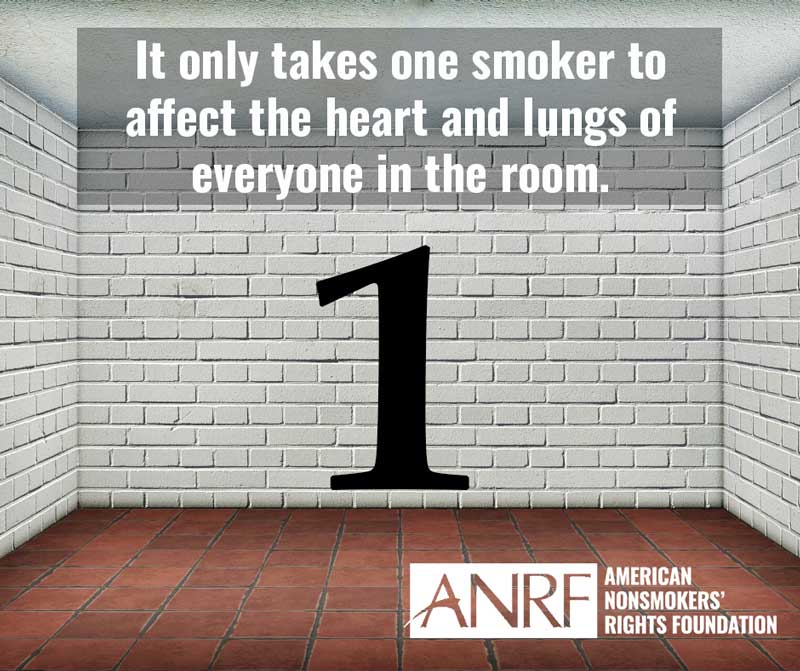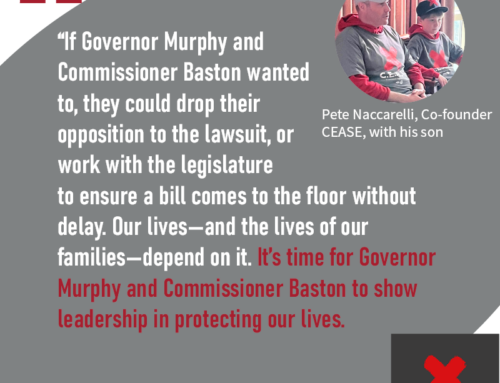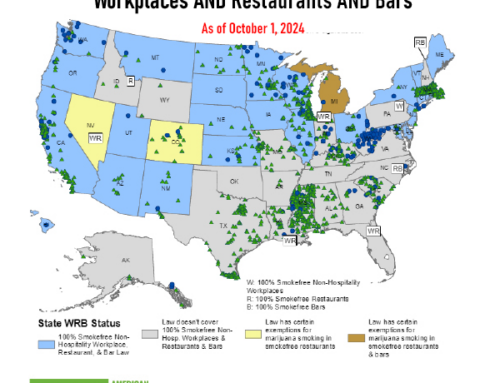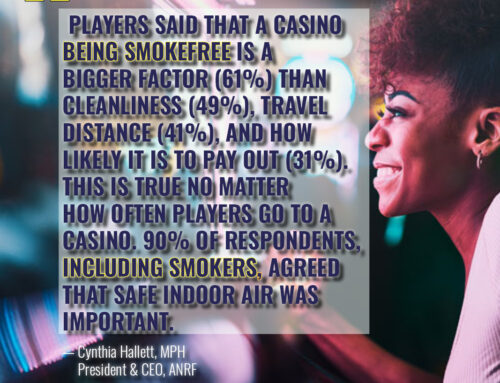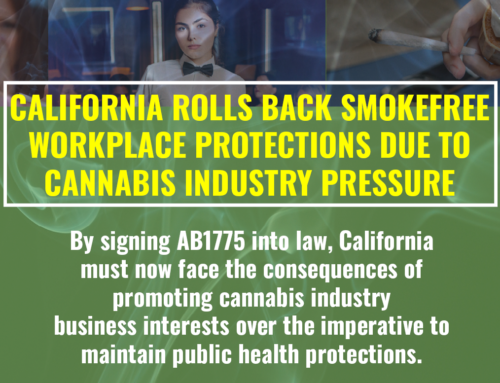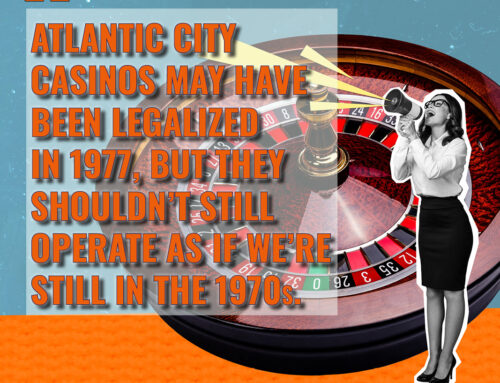Lessons Learned in the Smokefree Workplace Fight Can Help Us Stop Coronavirus
By Cynthia Hallett, MPH
Writer and philosopher George Santayana is credited with the oft-quoted adage: “Those who cannot remember the past are condemned to repeat it.” From what we can tell, however, there are plenty of lessons from clearing the air in smoke-filled workplaces that are sadly being forgotten in the battle against coronavirus.
For nearly 50 years, we at Americans for Nonsmokers’ Rights have witnessed firsthand some of the public health realities that are now playing out on the coronavirus stage. With secondhand smoke, these types of societal and regulatory misdeeds have cost hundreds of thousands (if not millions) of lives over long periods of time. With coronavirus, these same bad practices are taking American lives minute by minute. It’s sad and painful to watch.
What lessons have we learned from the smokefree workplace movement that might help us with coronavirus?
First and foremost, our lungs matter.
- The American Lung Association once ran ads with the slogan, “If you can’t breathe, nothing else matters.” We’ve learned this devastating lesson by watching people become sick and die from secondhand smoke exposure, particularly those with lung cancer, emphysema, asthma, COPD, and other diseases triggered by invisible particles that find their way into the lungs. Now, we’re seeing the same agonizing reality for coronavirus patients struggling to breathe, and for government and health officials scrambling to find ventilators to help them and save their lives.
One bad apple does, in fact, spoil the whole bunch.
- It only takes one smoker to affect the hearts and lungs of everyone in the room, on the airplane, in the casino, in the nightclub, or even in the neighborhood park. Same goes for coronavirus. Invisible particles, spread through the air by even one cough or sneeze, can land on surfaces and find their way from one person to another, thereby reaping unimaginable damage. Each of us is responsible for all of us.
Being close together with dangerous airborne particles is the worst.
- There’s no social distancing on an airplane; at the slot machines, poker tables, or blackjack tables in a casino; or in the close quarters of a jazz club. That’s why these kinds of enclosed places have long drawn especially close attention in the smokefree workplace movement. The goal has been to protect not only consumers, but also flight attendants, card dealers, musicians, bartenders, and other employees. The same reality holds true for coronavirus. Some of the saddest stories show the virus’s deadly spreading power in close quarters—to passengers on a ship; mourners at a funeral; the members of a choir; and, tragically, doctors, nurses, EMTs, firefighters, police officers, and others on the front lines trying to protect our health and safety. “Up close and personal” spells catastrophe when it comes to secondhand smoke or coronavirus.
There’s no such thing as a non-peeing section in the swimming pool.
- As smokefree reforms took place in most parts of the U.S., we went through a period (still happening in some states and communities) featuring smoking and nonsmoking sections in restaurants and other workplaces. This was nonsensical, of course, because smoke from one section invariably wafts into adjacent sections and even the most sophisticated fans and air filtration systems can’t stop it. So, what are we, as a nation, doing about coronavirus? The same darned thing. We’ve foolishly procrastinated on implementing proven preventive public health measures—self-distancing, self-isolation, shelter-in-place. The disastrous results: one state has stay-at-home orders; the adjacent state does not. One business is closed; the other welcomes crowds of customers or worshipers. And then what happens? Party-goers meet and greet, sporting events are rescheduled—maybe with or without fans—and retail customers pack the aisles. And through it all, coronavirus moves from one place to another, one person to another, and returns home with each infected carrier to reap even more damage. We all bear the risk and suffer the consequences.
What should we do?
Based on our half-century of advocating to protect people from an airborne disease, the coronavirus solution seems to be similar to the secondhand smoke solution: don’t force or encourage contact between carriers and innocent victims, and remove the contamination.
Americans—all of us—need to stay home, and practice social distancing when we absolutely have to go out. Because everyone’s health matters, there can be no exceptions for this state or that state, this gathering or that gathering, one age group or another. From infants to the elderly—and all the Boomers, X-ers, Millennials, and Z-ers in between—this stuff, like tobacco smoke, spreads easily from the ‘source’ person to others in the same airspace and is deadly.
There’s no virus-free section of our national swimming pool. It travels through the air we breathe. It lands on the surfaces we touch. We’re dangerous to one another (whether we appear to be healthy or not). Just as the only way to save lives from the deadly toxins of secondhand smoke exposure is to prohibit smoking indoors, the only way to save lives from the coronavirus is to stay away from one another.
Please, join Americans for Nonsmokers’ Rights in advocating for the health and safety of all workers and individuals from exposure to the pathogen that is the coronavirus and the carcinogens contained in secondhand smoke and secondhand aerosol from e-cigarettes. We can prevent respiratory illnesses and deaths by providing clean, healthy, smokefree environments.
Read more: Reopening Guidelines
The author is President and CEO of Berkeley-based Americans for Nonsmokers’ Rights (ANR) and the ANR Foundation.

